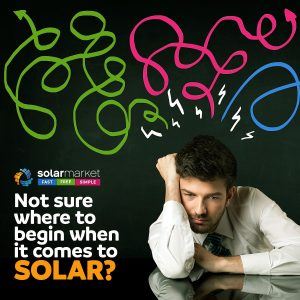Similar to solar panels on a roof, the Oriental hornet has been found to convert sunlight into energy through built-in solar cells in its exoskeleton.

Dubbing it as an ‘animal kingdom first,’ scientists at the Tel-Aviv University in Israel made their discovery when they observed the hornets heightened activity during peak sunlight hours- inherently unusual for hornets.
So, How Does A Solar Powered Hornet Convert Light Into Energy?
Upon examining the structure of the hornet’s exoskeleton, scientists found that the insects yellow pigments trapped sunlight while the brown pigments generated electricity.
The Oriental hornet unfortunately does not run purely off solar power. In comparison to man-made solar panels that are 10-11 percent efficient, the solar powered hornet only has a solar conversion efficiency of 0.335 percent- meaning that the hornet must still get most of its energy by consuming food.
The Brown Pigmentation | Creating Electricity
Under a microscope, the brown pigmentation uncovered grooves that channeled sunlight further into the tissue.
It was also found that the hornet’s brown pigmentations contained elements of melanin. Melanin is a pigmentation found in human skin cells that protects us from damaging ultraviolet light by absorbing it and transforming it into heat.
The Yellow Pigmentation | Creating A Light Trap
The hornet’s yellow pigmentation contains xanthopterin- a substance that gives butterfly wings their colour. When xanthopterin is exposed to high levels of sunlight it begins to create electricity.
Because of this, scientists believe that other insects may also also generate solar energy.
For example, the Apollo butterfly sits in the sun before flying. Although the real reason for it to do this is unknown, many predict it is because it is absorbing solar radiation.
If A Hornet Can Go Solar Then You Can Too!
 Unlike a hornet, man-made solar cells are highly efficient and can power not just an insect but an entire household.
Unlike a hornet, man-made solar cells are highly efficient and can power not just an insect but an entire household.
Solar power also means you can save on your energy bills, reduce your carbon footprint and increase your property value.
The best way to get the solar panels that suit you is to compare quotes from multiple, experienced CEC accredited installers in your area.
Solar Market partners with top solar installers across Australia and will match you up with 3 complimentary quotes from local solar installers in your area so you can start saving sooner.










